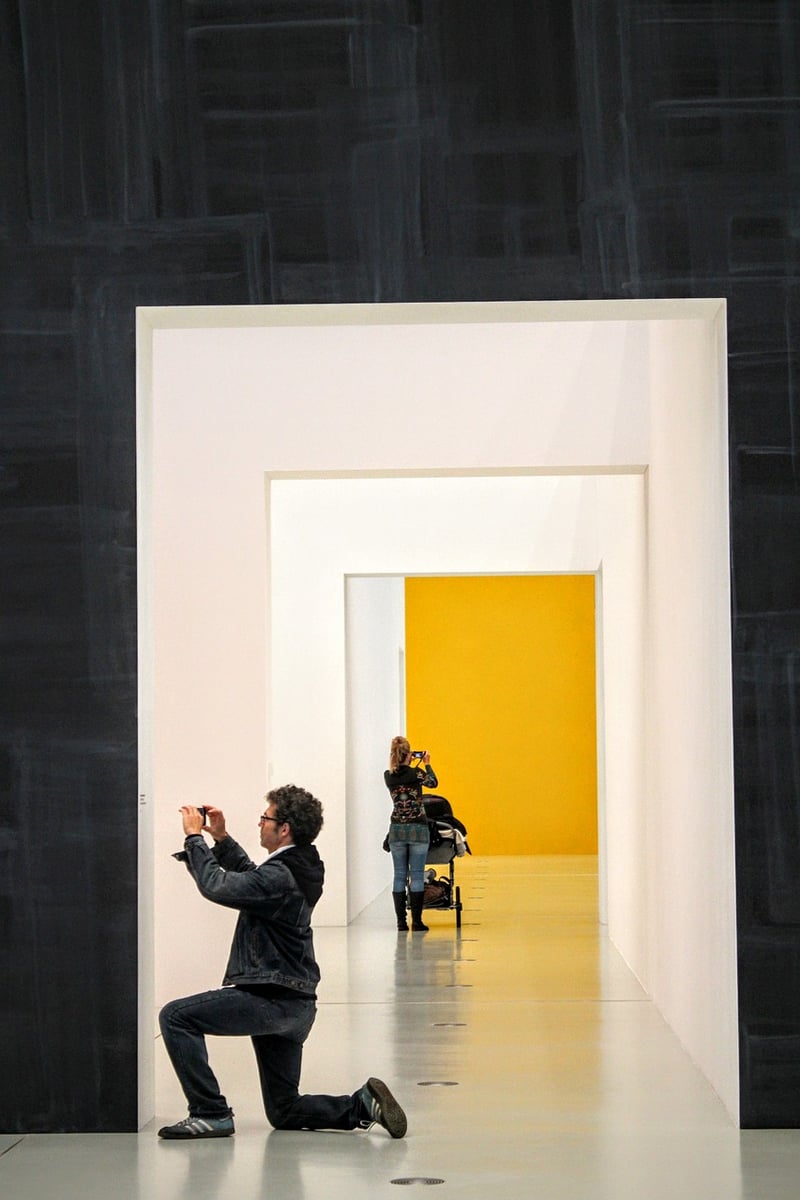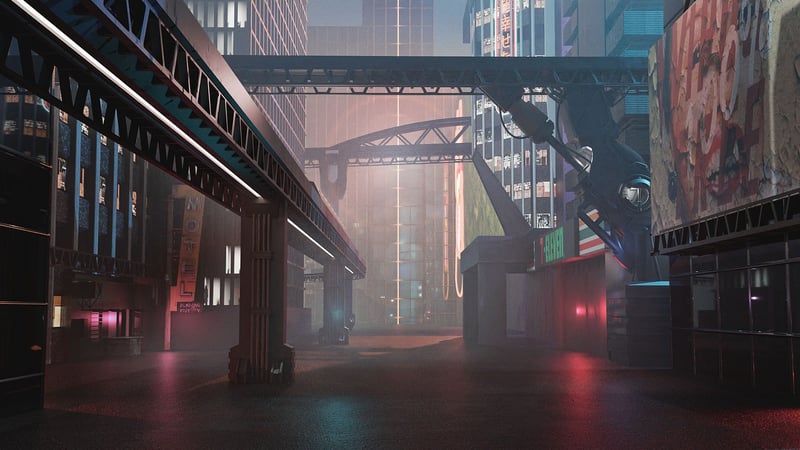Future Dystopia
Exploring Different Eras and Future Dystopia
A Glimpse into the Past
Traveling through time allows us to witness the beauty and diversity of different historical eras. From the majestic castles of the medieval period to the glamorous art deco architecture of the 1920s, each era has left its unique mark on the world.
The Industrial Revolution
The Industrial Revolution brought about significant changes in technology, society, and culture. Steam engines, factories, and urbanization transformed the way people lived and worked, laying the foundation for the modern world we know today.
The Roaring Twenties
The 1920s were a time of social change, artistic innovation, and economic prosperity. Jazz music, flapper fashion, and the rise of cinema defined this vibrant era, leaving a lasting impact on popular culture.
Future Dystopia
While exploring the past is fascinating, imagining the future can be equally compelling. Dystopian fiction offers a glimpse into dark and oppressive worlds where society has crumbled, technology has run amok, and humanity faces its greatest challenges.
Key Characteristics of a Dystopian Society
- Government control
- Lack of individual freedoms
- Social stratification
- Technological oppression
- Environmental degradation
Popular Dystopian Works
- 1984 by George Orwell
- Brave New World by Aldous Huxley
- The Hunger Games by Suzanne Collins
- Blade Runner (1982) directed by Ridley Scott
Imagining Tomorrow
While dystopian futures may seem bleak, they serve as cautionary tales and reflections of our current society. By exploring these dark visions of tomorrow, we can better understand the choices we make today and strive to create a brighter future for generations to come.

Together, let's journey through time, embracing the lessons of the past and the possibilities of the future. Whether we find ourselves in the midst of a bygone era or facing the challenges of a dystopian world, each moment invites us to reflect, learn, and envision a world yet to come.
